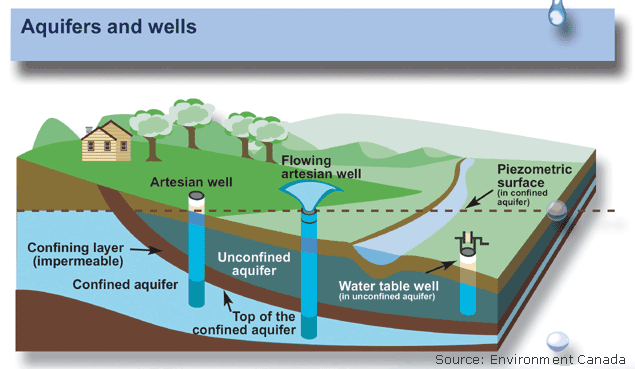2016 was a tough year. It seemed like so many of our favorite actors and musicians were passing on and politics were heated. Creepy clowns scared people all over the country while wildfires raged in Tennessee. And here in Maine, wells were running dry.
It’s true- last year Maine experienced a bona fide drought. Over 400 dry wells were reported to the state, and the previous year was abnormally dry as well. Droughts are not all that uncommon, in fact, 14 years ago 17,000 dry wells were reported. Luckily, many of the shallower dug wells were replaced at that time, reducing the impact of the current drought. Still, we received many calls from customers who were affected by the past year’s water shortage, so lets talk about what causes a drought, and how you can minimize its negative impact on you and your family.
Rain isn’t always bad
Droughts are caused by a lack of rainfall for an extended period of time. This can have a detrimental effect on the water table, lowering the static level of water in the ground. If this level falls below the depth of the aquifer that supplies a well with water, the well will run dry.

Well types, courtesy of USGS
As you can see from the illustration above, not all wells draw water from the same source. Artesian wells tend to be more resilient to dry conditions than shallow dug wells as their water supply originates much deeper underground.
How to fix a dry well
If your well has run dry, there are a few ways to find a new water source, depending on the cause. For those of you with a dug well, the best solution is to drill a new artesian well that draws water from below bedrock. Although it can be costly up front, you will be less likely to deal with a water shortage during the next dry season. In addition, bed rock wells are less affected by the quality of water in the surrounding water table.
If your bedrock well has gone dry, there are a few possible solutions. In the case of a low producing well, hydrofracking can sometimes open up the water bearing fractures connected to the aquifers around you, allowing more water to enter your well. If this doesn’t work, or if your well has stopped supplying water completely, deepening the well is often the best solution.
The end is in sight
Luckily, it looks like there is a light at the end of the tunnel regarding the drought. Recent snowfall has added considerably to the snowpack and snow melt is a major factor in replenishing groundwater. It will probably be a while before the next drought hits, but in any case, it is always good to be prepared. If your well is having a dry spell, contact us and we will find the solution that works for you.
Until next time,
Jim
